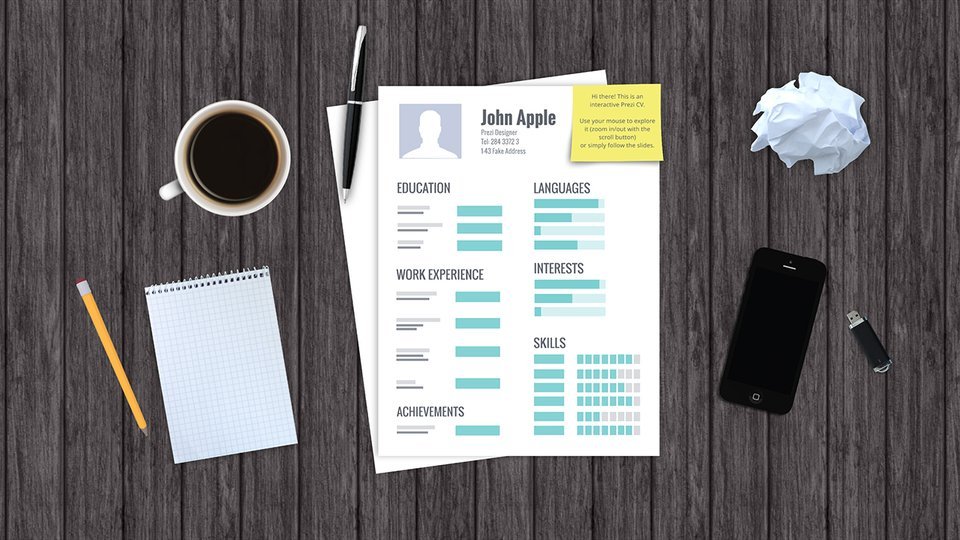Objectives Presentation
Transcript: Week 4 - Middle Childhood: Ages six to eleven years Presented to you by: Team D Michelle Maciszak Katheryn Dubois Wyndell Ricks Presenting chapter 11: Physical Development Presenting chapter 13: Emotional and social development Presenting chapter 12: Cognitive development *Body Growth* -Worldwide Variations in Body Size -Secular Trends in Physical Growth -Skeletal Growth -Brain Development Take a look the next time you go to observe in your classroom or think back and you will see the wide individual differences in body growth. School-age children’s growth is slow and regular, though large individual and ethnic variations exist in physical growth. On average, they grow about 2 to 3 inches in height and 5 pounds in weight each year. By age 9, girls overtake boys in physical size. Secular trends in physical growth have occurred in industrialized nations. Because of improved health and nutrition, many children are growing larger and reaching physical maturity earlier than their ancestors. Care of the teeth is essential during the school years because dental health affects the child’s appearance, speech, and ability to chew properly. Tooth decay affects over half of U.S. school-age children. Malocclusion is a condition in which the upper and lower teeth do not meet properly. One-third of school-age children suffer from malocclusion, making braces common by the end of elementary school. Malocclusion can be caused by thumb and finger sucking after permanent teeth erupt. *Common Health Problems* -Nutrition -Overweight and Obesity -Vision and Hearing -Bedwetting -Illness -Unintentional Injuries *Obesity has increased dramatically in both industrialized and developing nations, especially in the United States. Although heredity contributes to obesity, parental feeding practices, maladaptive eating habits, reduced sleep, and lack of exercise are more powerful influences. Obese children are often socially rejected, are more likely to report feeling depressed, and display more behavior problems than their normal-weight peers. *Family-based interventions aimed at changing parents’ and children’s eating patterns and lifestyles are the most effective approaches to treating childhood obesity. Rewarding obese children for reducing sedentary time is effective in getting them to enjoy and engage in more physical activity. Schools can help by ensuring regular physical activity and serving healthier meals. Some Trivia!!!!! Which country has the most overweight adults....Easy right? What about the second most obese country? Which country has the least? Bedwetting, also known as nocturnal enuresis, is hereditary in most cases. It is a failure of muscular responses that inhibit urination or a hormonal imbalance that permits too much urine to accumulate. The most effective treatment is a urine alarm that works according to conditioning principles. Punishing a school-age child for wetting the bed is only going to make matters worse. Games with rules become common during the school years, contributing to emotional and social development. Expansion of adult organized youth sports programs is associated with increased self-esteem and social competence in most players, but for some children, adult over emphasis on competition promotes undue anxiety and avoidance of sports. Encouraging effort, improvement, participation,and teamwork makes organized sports enjoyable and beneficial for self-esteem. Some features of children’s physical activity reflect our evolutionary past. How many of you have kids? And those who don't think back to watching children in a park or neigborhood when you see kids wrestle, roll, hit, and run after each other this is called rough-and-tumble play. Rough-and-tumble play may once have been important for the development of fighting skill and may help children establish a dominance hierarchy. In middle childhood, dominance hierarchies become increasingly stable, especially among boys, and serve the adaptive function of limiting aggression among group members. Self-conscious emotions of pride and guilt become clearly governed by personal responsibility. School-age children recognize that people can experience more than one emotion at a time and that emotional expressions may not reflect people’s true feelings. Empathy increases and includes sensitivity to both people’s immediate distress and their general life condition. By age 10, most children can shift adaptively between problem-centered and emotion-centered coping in regulating emotion. Self-Understanding During middle childhood, children’s self-concepts include personality traits (both positive and negative), competencies, and social comparisons. By age 10, most children can shift adaptively between problem-centered and emotion-centered coping in regulating emotion. Emotionally well-regulated children develop a sense of emotional self-efficacy and are optimistic, prosocial, and well-liked by peers. Preschoolers’ self-esteem consists of several self-judgments.

















